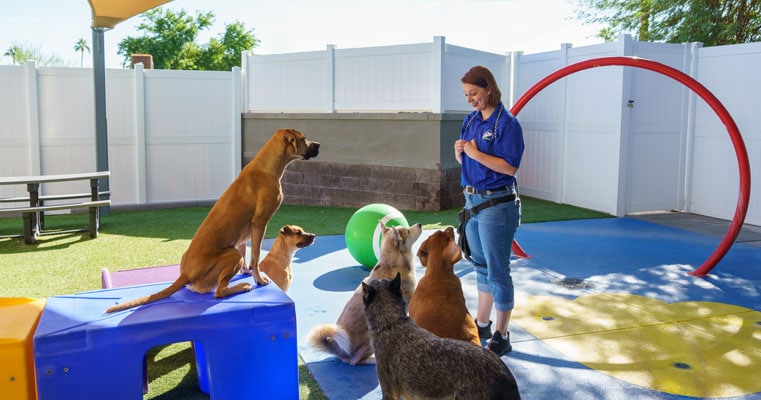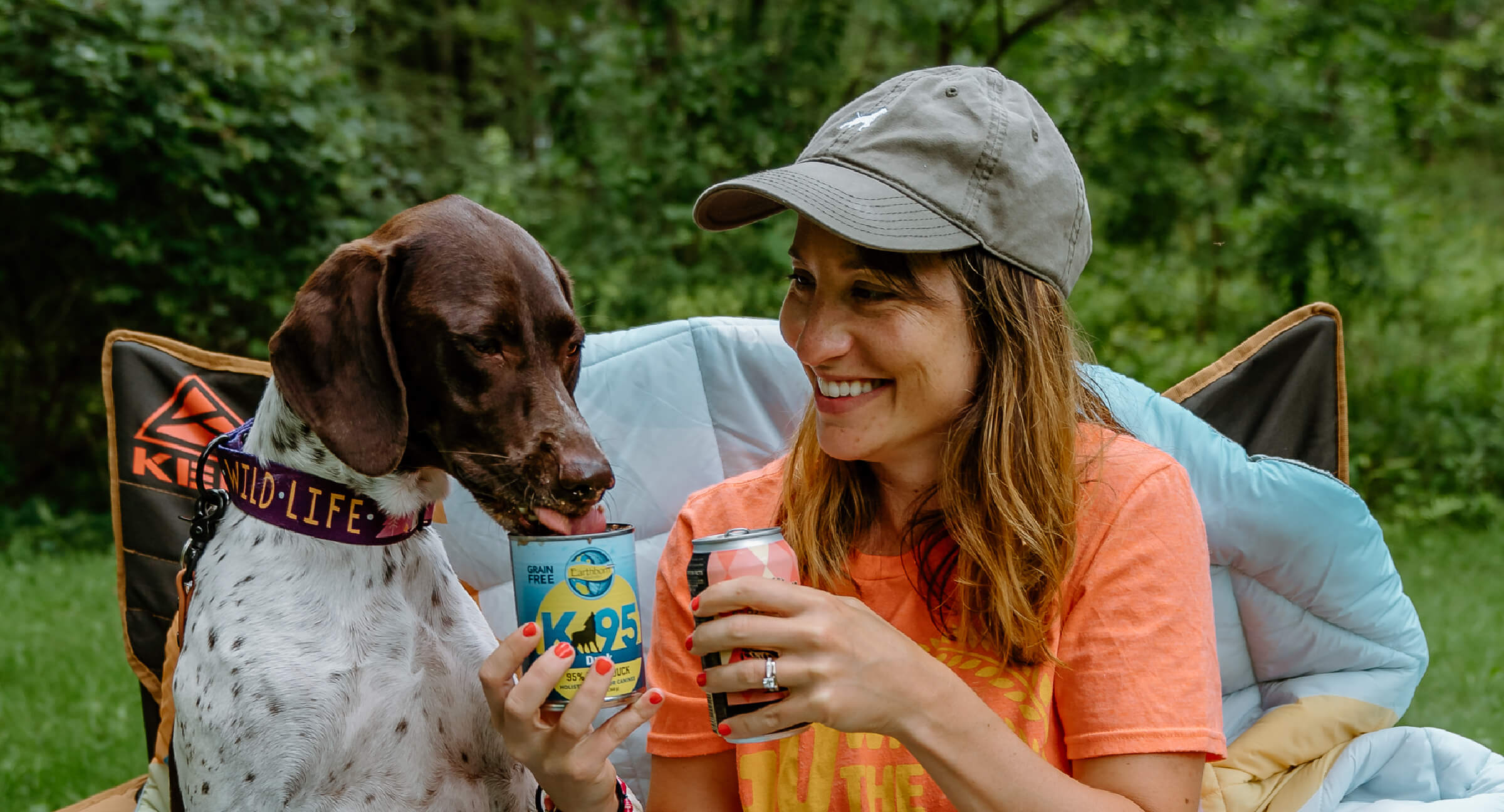Exactly How to Include Games into Your Dog Training Regimen
Wiki Article
Necessary Tips for Successful Dog Training: An Overview for Pet Dog Owners
Effective dog training is a diverse process that needs a tactical method tailored to both the pet dog's character and the owner's goals. Understanding exactly how to navigate these obstacles can dramatically improve the training experience, inevitably transforming the connection between owner and canine.Recognizing Canine Actions
Recognizing pet dog habits is necessary for efficient training and cultivating an unified partnership in between canines and their proprietors. dog training. Pet dogs communicate largely via body language, articulations, and actions, making it essential for owners to analyze these signals properly.
Socialization plays a substantial duty in pet dog behavior; exposure to different settings, individuals, and various other pets can substantially affect a canine's character. Moreover, variables such as breed attributes and individual personality must assist training methods, as some types may have specific behavior qualities that require tailored approaches. By recognizing these aspects, proprietors can develop a helpful setting that motivates positive actions, bring about effective training outcomes and a much deeper bond with their pets.
Developing Constant Commands
Efficient interaction with your canine begins with establishing consistent commands. This foundational component of training is critical for cultivating understanding in between you and your animal. Uniformity in the commands you make use of guarantees that your pet dog can dependably associate specific words or expressions with the desired behaviors.When selecting commands, select clear, distinct words that are very easy to claim and set apart from one an additional. Stay clear of using similar-sounding commands that might confuse your dog. For instance, using "sit" and "stay" is proper, however "sit" and "hit" might lead to misunderstandings.
Additionally, keep the exact same tone and quantity for each and every command. Pets are sensitive to singing hints, so differing your tone can produce complication.
It is similarly vital to guarantee that all household participants get on the exact same page concerning the commands used. A united front in command use will prevent combined signals and enhance the understanding process.
Positive Reinforcement Techniques
The power of favorable support in dog training hinges on its capability to encourage wanted actions through benefits and praise. This method is based in the concept that actions adhered to by favorable outcomes are much more likely to be duplicated. By integrating favorable reinforcement right into your training program, you can efficiently form your dog's behavior in a positive manner.To carry out favorable support, it's important to determine what encourages your pet dog, whether it be treats, toys, or verbal appreciation. When your canine performs a desired activity, such as resting on command, immediately award them with a reward or love. This organization in between the command and the favorable result enhances their understanding.
It's critical to timing the incentives properly; supplying the reinforcement within seconds of the preferred behavior assists your dog make the link (dog training). In addition, uniformity is key-- ensure that all relative use the very same commands and incentive systems to stay clear of complication

Progressively, you can minimize the frequency of treats as your pet discovers the behavior, transitioning to praise or periodic benefits. This method not just fosters a solid bond between you and your pet yet likewise promotes a favorable discovering atmosphere, making training a pleasurable experience for both.
Socialization and Communication
Consistently revealing your pet dog to a range of environments, people, and various other pets is important for their social growth. Socialization should begin early, ideally during the important home window of 3 to 14 weeks, when pups are most receptive to brand-new experiences. Older dogs can also profit from continuous socialization efforts.Introduce your pet dog to different setups, such as parks, pet-friendly stores, and urban locations. This direct exposure helps them adapt to numerous stimulations, minimizing anxiety and fear actions. Motivate favorable interactions with various other canines and individuals, making certain that these experiences are secure and regulated to promote confidence.
Utilize organized playdates with genteel pet dogs, as this can enhance your dog's social skills and show them ideal actions. Obedience courses and training sessions likewise give exceptional opportunities for socializing, permitting your canine to connect with others in a supervised atmosphere.
Monitor your pet's body language during communications, as this will certainly assist you evaluate their convenience degree. Slowly boost direct exposure to more challenging scenarios while ensuring that each experience declares. A well-socialized dog is much more likely to display well balanced actions, making them a joy to have in any setup.
Dealing With Typical Training Difficulties
Every canine owner will certainly run into training obstacles at some time, no matter their pet's age or socialization degree. Recognizing typical problems such as stubbornness, interruptions, and fearfulness can aid in creating efficient approaches for renovation.
Distractions throughout training sessions can hinder focus. To battle this, begin training in a silent atmosphere with minimal stimuli. Progressively present distractions as the pet becomes more skillful in commands. Short, regular training sessions are also reliable in keeping attention.
Fearfulness can hinder a pet dog's understanding procedure. Steady desensitization to the source of fear, coupled with positive support, can help alleviate anxiety. Perseverance is crucial; never ever force a canine into a circumstance that triggers distress, as this might intensify the concern.
Ultimately, understanding and addressing these common challenges with an organized approach will certainly promote a more efficient training experience, reinforcing the bond in between pet dog web and owner while promoting reliable knowing.
Verdict
In recap, successful dog training counts on a comprehensive understanding of canine actions, the establishment of regular commands, and the application of favorable reinforcement techniques. Socializing plays an essential duty in creating well-adjusted animals, while resolving usual training obstacles calls for perseverance and versatility. By executing these vital approaches, animal proprietors can foster a strong bond with their pet dogs and advertise desirable actions, ultimately leading to a harmonious connection between people and their canine buddies.Recognizing dog behavior is crucial for effective training and promoting an unified partnership in between pooches and their owners.Socialization plays a considerable function in pet actions; direct exposure to various settings, people, and various other animals can substantially influence a pet's character.The power of favorable support in pet training exists in its ability to encourage preferred habits with rewards and praise. By including positive support right into go your training routine, you can effectively shape your pet dog's habits in a positive manner.
In summary, effective pet dog training counts on a detailed understanding of canine behavior, the establishment of regular commands, and the application of positive support techniques.
Report this wiki page